Understanding closing techniques are important, but there are no magic words to guarantee that you make the sale. You must start by helping your customer identify his needs and then demonstrating that your product or service offers an affordable solution that addresses those needs. With that foundation, a good closing will help you cement the deal and grow your business.
Opinions Count
Adding the phrase “in your opinion …” to a question softens the reply if the customer has an objection. “In your opinion, will this solve your problem?” If the customer says no, it’s an opinion, not a fact, and you can address his concern. This is a great trial close to using as the sales cycle progresses so that you don’t encounter any surprises when it’s time to wrap up the deal.
Sharp Angle Close
When the customer asks for a concession, whether it is price, delivery or additional features, respond by asking, “If I can do that for you today, will you sign a purchase order?” This is an important closing question – if you agree without asking for a close, then the customer has an open door to continue asking for concessions.
Assumptive Close
If you have an established relationship with the customer and he respects your judgment, jot down the items he is considering on an order form as you are discussing his needs. When the timing is right, put an X on the signature line, hand it to the customer and say, “Here.” Then be quiet.
Something for Nothing
A free add-on may be gimmicky, but it can work if handled correctly. “I happen to have an extra charger with me. If you sign off on the order today, I’ll throw it in at no charge.”
Ben Franklin
Ben Franklin is said to have made decisions by creating a list with two columns – the pros and the cons – and basing his choice on the longer column. This approach works well with analytical personalities. If you use it as a closing technique, just be sure you have a lot of benefits in the customer’s “pro” column.
The Porcupine
You must be careful stroking a porcupine and you must also be careful answering customer questions. When your prospect asks a question like “Does it come in red?” answer by tossing back the question: “Would you like it in red?” Her answer will give you a measure of the depth of her interest and help you adjust your presentation appropriately.
Impending Event
If you truly have a deadline or reason for the customer to make a quick decision, the impending event closing works well. “I have an installation crew in town next week. Can we schedule a day with you?” If the deadline is in your interest and not the customer’s, it will be seen as self-serving and will not work.
Solicit Objections
If you have gone through the discovery phase of the sales cycle and are confident that the customer understands that your product or service addresses her needs, then ask for the sale by asking for an objection. “Is there any reason why we can’t proceed with the shipment?” This oblique approach allows the customer to raise any final objections — if she has one — without saying no to the sale.
Level With Me
As you approach the end of the selling process and the customer says he wants to think about it, ask him to get to the point: “Level with me. Have I failed to show you the value that you will receive from your investment?” Then be quiet.
Direct Close
When you have addressed the customer’s concerns and you are confident that she knows the value of your product or service, then pose the question directly, “So, Mary, are you ready to place the order?” Use this closed-ended, yes-or-no question only if you are very confident that the answer will be affirmative.

